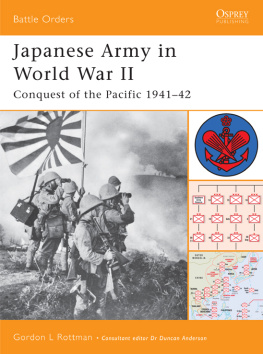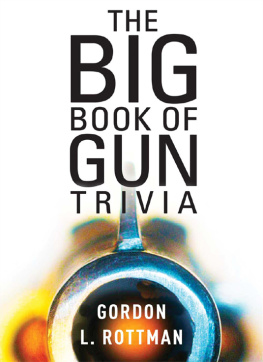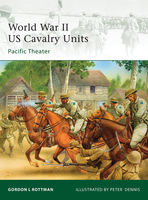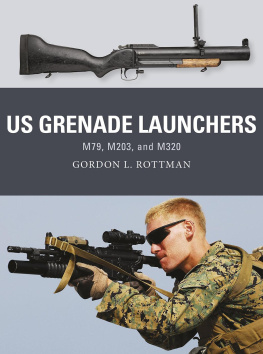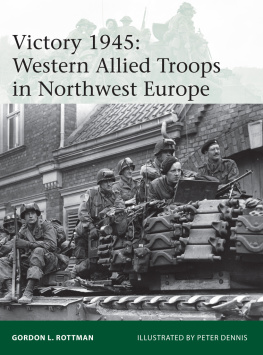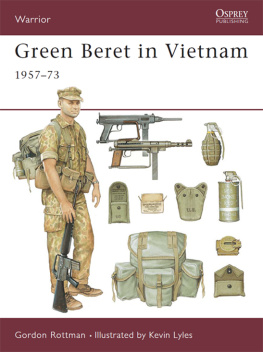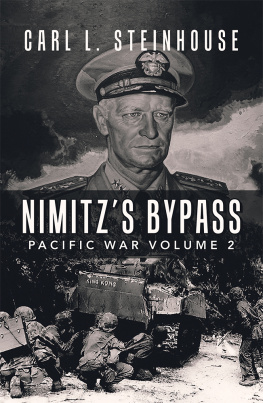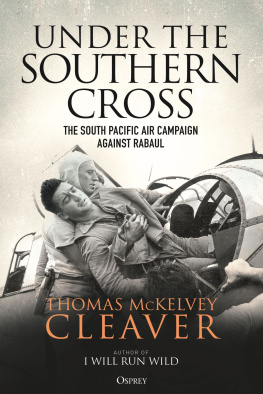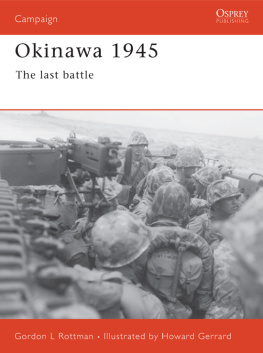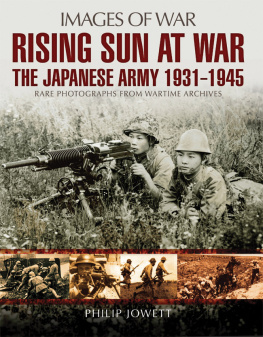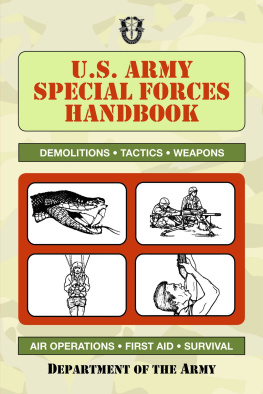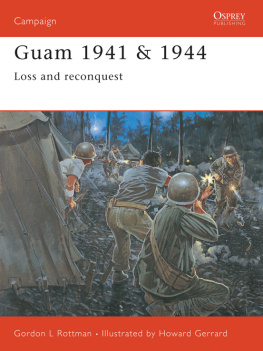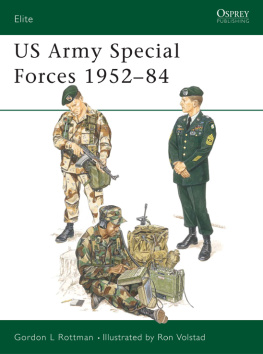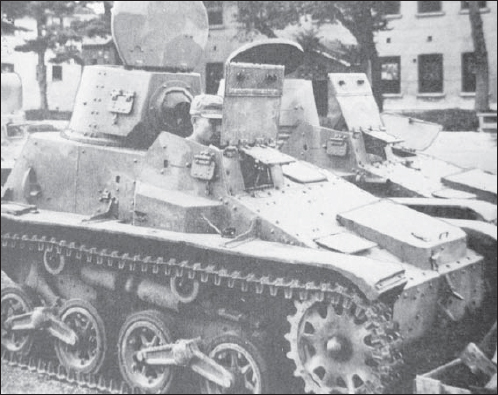Battle Orders 9
Japanese Army in World War II
Conquest of the Pacific 194142
Gordon L Rottman
Consultant Editor Dr Duncan Anderson Series editors Marcus Cowper and Nikolai Bogdanovic
Contents
Introduction
We, by the grace of Heaven, Emperor of Japan, seated on the Throne of a line unbroken for ages eternal, enjoin upon ye, Our loyal and brave subjects:
We hereby declare war on the United States of America and the British Empire. The men and officers of Our Army and Navy shall do their utmost in prosecuting the war, Our public servants of various departments shall perform faithfully and diligently their appointed tasks, and all other subjects of Ours shall pursue their respective duties; the entire nation with a united will shall mobilize their total strength so that nothing will miscarry in the attainment of Our war aims.
The Imperial Receipt, the 8th day of the 12th month of the 16th year of Showa, the Yamato year of 2601.
Japan (Nippon) viewed World War II, which it called the Greater East Asia War (Dai Toa Senso Senkum), as a series of interrelated wars. It had occupied parts of North China in 1931, and the war in China (Shina Jihen) began in earnest in 1937, in which Japan continued its creeping expansion. Conflict with the Soviet Union had occurred on the Siberian border in 193839 in Manchuria, or Manchuko, where a puppet state had been established by Japan in 1932. In July 1941, Japan occupied French Indochina in Southeast Asia. The Pacific War (Taiheiyo Senso) began at 02.15, December 8, 2601 Tokyo Time. The same day, Japanese land, sea, and air forces also struck the northern Philippines, elsewhere in Malaya, Singapore, Hong Kong, Guam, Wake, and other Pacific islands.
The goal of the Greater East Asia War was to drive the armed forces of the Western colonial powers from the resource-rich Netherlands East Indies (NEI), the US-controlled Philippines, the Commonwealth possessions in the South Pacific, and British-controlled Malaya and Burma. A military operation of great magnitude would inflict a decisive defeat, resulting in the Western nations suing for peace, and allowing Japan to establish the Greater East Asia Co-prosperity Sphere (Dai Toa Kyoei-Ken). Ostensibly this was aimed at the mutual benefit and liberation of all Asians; in reality, its goal was Nippons enrichment. Japan would colonize and maintain total control over East Asia exploiting its resources and establishing a security zone to protect it from the threat of Western influence.
This book covers the period from the beginning of the Greater East Asia War in December 1941 to the wars turning point in June 1942, the Battle of Midway. It covers operations in the Philippines, NEI, and South Pacific, but not those in China or Southeast Asia. Future planned volumes in the Battle Order series will cover Japanese operations in Southeast Asia 194145, the South Pacific and New Guinea from 1942 to 1944, the 194445 defense of the Philippines, and Central and West Pacific operations from 1943 to 1945.
The genesis of the Imperial Japanese Army
Prior to the 1870s, Japan was a feudal society comprising over 200 semi-autonomous domains ruled by warlords of the samurai class. They owed their allegiance to the Shogun, the military ruler; the Emperor had been a mere figurehead since the late-12th century. For centuries Nippon existed in the form of a Western medieval state, and was subject to almost continuous civil war and rebellion.
Japan was opened to Western influence in the wake of US Commodore Matthew Parrys 1853 visit. Its exposure to modern technologies, especially with regard to weapons, resulted in a series of trade treaties with the US, Britain, Russia, France, and Holland. A popular slogan of the time was, Eastern ethics, Western science, but others such as Revere the Emperor, expel the barbarians demonstrated the tensions that simmered beneath the surface.
Although Japan had been introduced to firearms in the mid-16th century, its shogunate armies still largely comprised sword-, spear-, and bow-and-arrow-armed samurai backed by peasant levies that owed allegiance to their particular clan. By 1860 muskets and cannons had come into wider use. In 1862 rifle units (Shotai) were formed with a mix of traditional and modern weapons, and the first distinctions were made between infantry, cavalry, and artillery branches. In 1866 the modern Shotai, manned with nationalist samurai who sought the restoration of the Emperor, defeated the shogunate army in battle. The Emperor was restored in 1868. Japan also seized control of Okinawa and the Ryukyu Islands in 1867.
The Meiji (Enlightened Rule) Era (18681912) saw major efforts to establish Japans rightful place in the world and build a modern society. Not only were government and society considerably Westernized and modern industrialization efforts begun, but military advisors were also engaged, mostly from France but with others from Germany, Britain, and America. Officer training schools were established, although training was restricted to company level. The Imperial Guards (Konoe) were established in 1871 from the existing Imperial Bodyguard (Goshinpei) and armed and trained along Western lines. In February 1872 a separate army and navy were formally established. The army was called the Nihongun or KokuganJapans or the Nations army.
Conscription was instituted in 1873, with reserve service required after three years active duty. Japan strove to establish a modern national army and followed the best European models, adapting them to its own requirements. In the wake of Prussias defeat of France in 1870, Japan adopted German general staff and organizational principals, implementing its own General Staff in 1879. The General Staff College was opened in 1883. The Military Police (Kempeitai) was raised in 1881 and an Intendance Corps (administration and services) in 1888.
Tactically, Japan retained the concept of massed troop formations, much as per the old hand-to-hand battles, rather than the dispersed formations adopted in Europe. The day of the samurai, who lived on government stipends, was coming to an end though. They were offered a final lump sum, which was made compulsory in 1876; those who rejected it were forbidden to wear swords.
In 1885 the Emperor was given two means of directing military authority, gunrei and gunsei; it was a move that would have a major impact on how Japan made war in the future. Gunrei covered command, strategy, training, troop deployment, and discipline. This was executed through the Army Chief of Staff, and impacted on foreign affairs, by-passing the Prime Minister and Cabinet. Gunsei dictated military administration, the Armys size, armament, supplies, and conscription, and was executed through the War Minister.
In August 1894 Japan declared war on China to achieve its goal of gaining control of Korea, a longtime enemy. The stage had been set for such a move long before this in 1881, when Japans security needs were defined to include the possibility of territorial expansion. In October 1894 the Japanese Army entered Manchuria in pursuit of a battered Chinese army driven from Korea. Japans first modern war, and its first overseas expedition in centuries, won the Empire Korea, Formosa (Taiwan), the Pecadores Islands, and Liaotung Peninsula. In less than two decades Japan had progressed from a collection of clan armies led by feudal warlords wearing lacquered bamboo armor and kimonos and armed with swords and spears, to a unified, six-division, combined-arms force led by professional officers and armed with bolt-action repeating rifles and breech-loading artillery. The Chinese army defeated in the Sino-Japanese War was admittedly a poorly armed and led rabble, but Japan would prove her military prowess again soon after. Six more combined-arms divisions were authorized in 1896.

